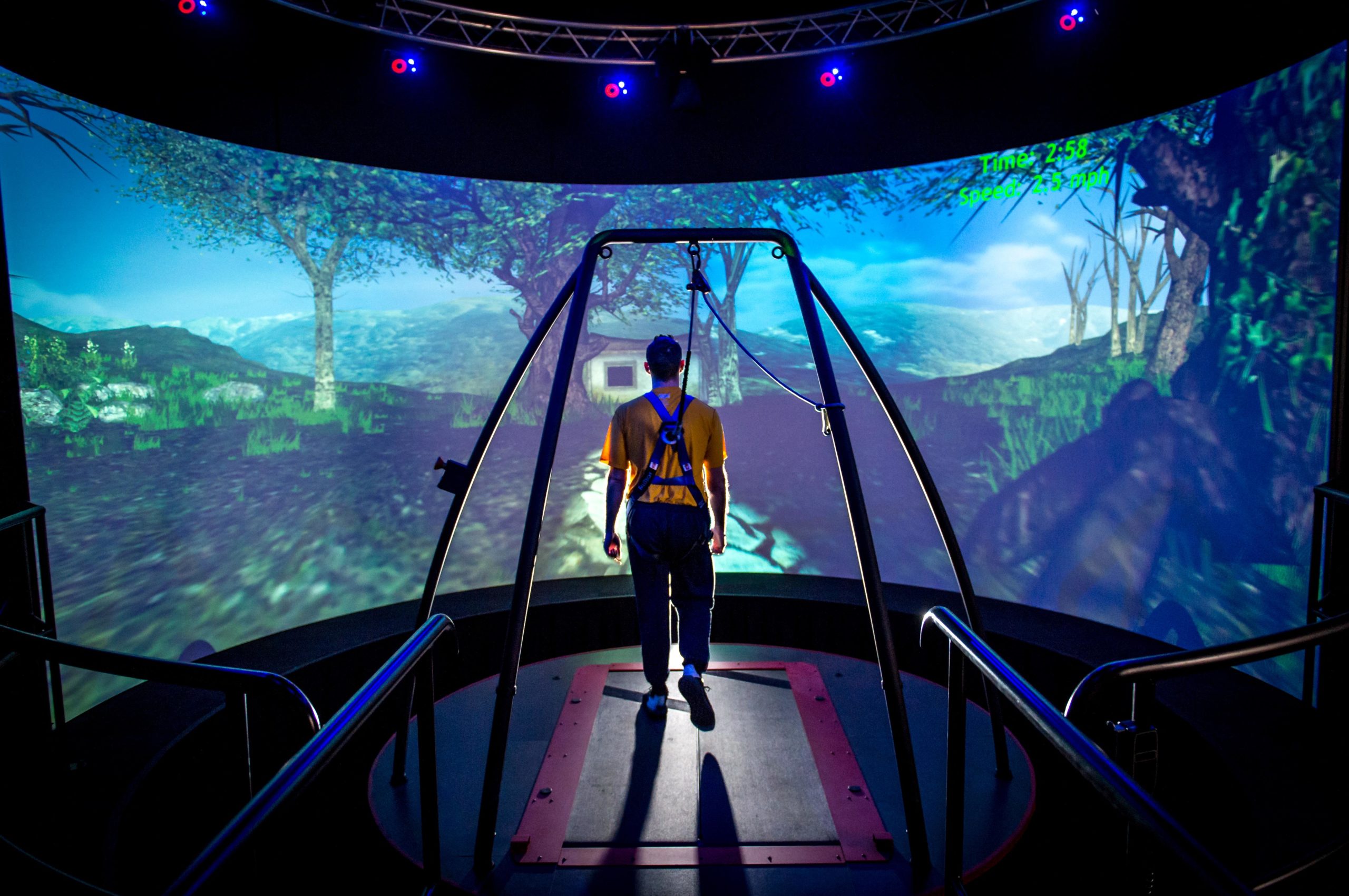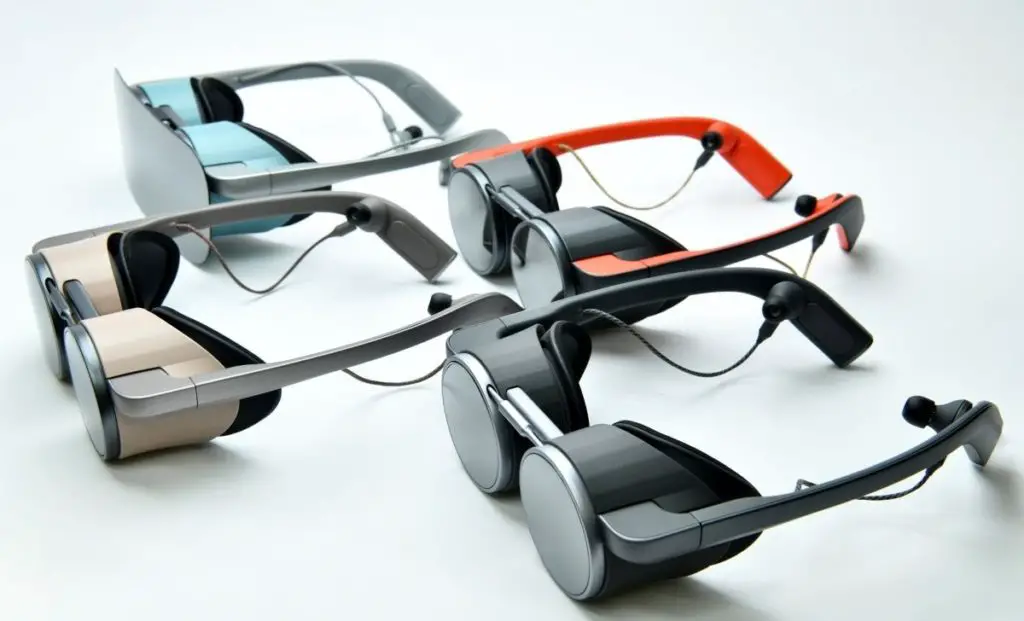Panasonic Corporation has announced the development of the world’s first High Dynamic Range (HDR) capable ultra-high definition (UHD) virtual reality (VR) unit.
The Japanese company unveiled a prototype of its newest VR glasses at the recently-concluded 2020 Consumer Electronics Show (CES) in Las Vegas.
Game-Changing Design Innovations
The glasses feature impressive design innovations. While previous VR headsets were heavy, bulky, and cumbersome, Panasonic’s new platform boasts a much more comfortable fit. The VR unit fits and feels like ordinary eyeglasses.
“While conventional VR glasses with high-quality images and high sound quality provide users with highly immersive simulated experiences, these glasses tend to be big in size and require users to strap them to their head with a headband, which could cause wearer discomfort,” the company said in a statement.

The difference in weight is considerable compared with current VR headset designs.
Panasonic says their prototype weighs somewhere in the range of 150 grams. That could change based on the path they take to turn the prototype into a consumer product, the company added. The Oculus Quest, by comparison, is about 570 grams – roughly four times as heavy.
A Panasonic representative claims the glasses achieve a 100-degree field of view despite its compact design because of larger OLED micro-displays.
Smaller OLED panels in earlier prototypes produced a noticeably smaller field of view than most current consumer designs, according to Panasonic.
A Combination of Cutting-Edge Technologies
Panasonic developed the VR unit’s high-performance display device in cooperation with the Massachusetts-based Kopin Corporation, a leading manufacturer of display devices for VR glasses.
The prototype actually combines an assortment of technological advances. The company used the acoustic technologies of Technics audio products and the optical technologies used in LUMIX digital cameras.
Panasonic also utilized its own audio and visual systems. These include signal processing technologies the company has cultivated through the development of video equipment such as TVs and Blu-ray Disc players.
Together, these advances allowed Panasonic to achieve a compact and lightweight design that offers high-quality images and optimal sound.

“Gearing Up for 5G”
“Gearing up for the forthcoming full-scale commercial 5G services, Panasonic will continue to further develop the new VR glasses so that they can be used in a variety of applications, thereby creating new customer value,” the company said.
There’s currently no release date or pricing information on Panasonic’s new VR glasses. Some reports suggest that the company intends to market the unit mainly for commercial use instead of the consumer market.
Here’s a quick look at what the future of VR gear might look like.






